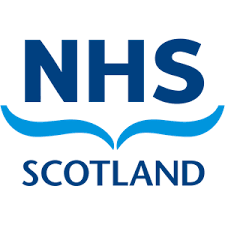Phase 3: Start your improvement plan

Consider:
- The leadership needs – this work will not happen by itself – it will require visible leaders and champions, who support innovation and where staff feel they have permission to try new things.
- Responsibility for ongoing coordination of your Waiting Well plan. For example, can someone take a co-ordination role as part of their role (not a project role), and can there be a named dedicated steering group to oversee delivery?)
- Establishing a data for improvement plan. Enlist the help of Quality Improvement people around your area as many will be familiar with sprints and work supported by Healthcare Improvement Scotland

- Starting and building pace and momentum will help people and generate improvement and learning that you can build on.
- Your local promotion of Waiting Well. There are posters and leaflets for the national Waiting Well programme and the Waiting Well hub
 on NHS inform.
on NHS inform. - Working with national partners e.g. Centre for Sustainable Delivery (CfSD) which includes the National Elective Care Unit (NECU), and many of the Speciality Delivery Groups (SDGs) that are looking for improvements across specialities. For more on CfSD - The National Centre for Sustainable Delivery

- Your horizons for delivery and improvement. What can you do in Horizon 1/Horizon 2/Horizon 3?
- What is everyone’s role in collective teams in promoting Waiting Well, e.g. having holistic medicine conversations, supporting a person to start their own Waiting Well plan etc. In Annex B, you will find a tool that GPs and other healthcare referrers can use to consider a person’s Waiting Well needs and risks. Identifying and thinking this through with a person at the start can complement the known Benefits, Risks, Alternatives, do Nothing (BRAN) approach that should be used consistently.
- Ensuring the Waiting Well plan is as inclusive as possible, with right support in place to enable access for everyone.
- Evaluation/Metrics - An evaluation framework should be developed at the outset to assess the implementation and impacts of the “Waiting Well” offer on the population. This will ensure the population benefits of Waiting Well can be maximised.
We recognise the evidence-base on Waiting Well is evolving and emerging all the time. To build the evidence, we need to try things out/have tests of change out in the first place. For that reason, we have advised Boards to evaluate the interventions they do implement, including their cost-effectiveness. We also commit to revising the toolkit where relevant in light of any new evidence that becomes available over time.